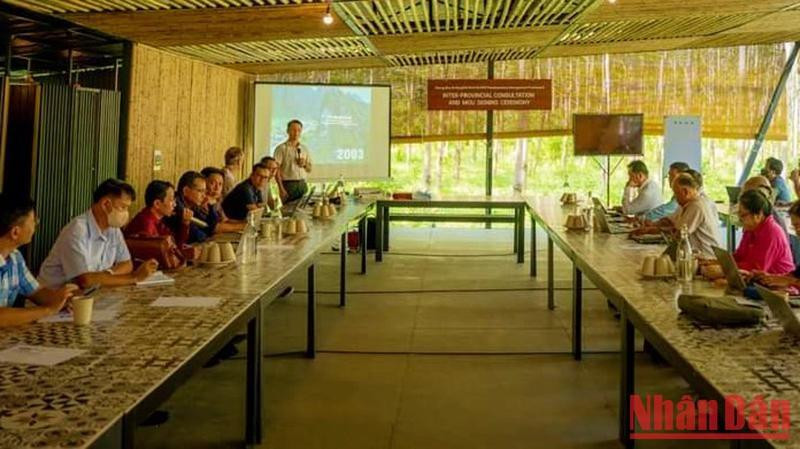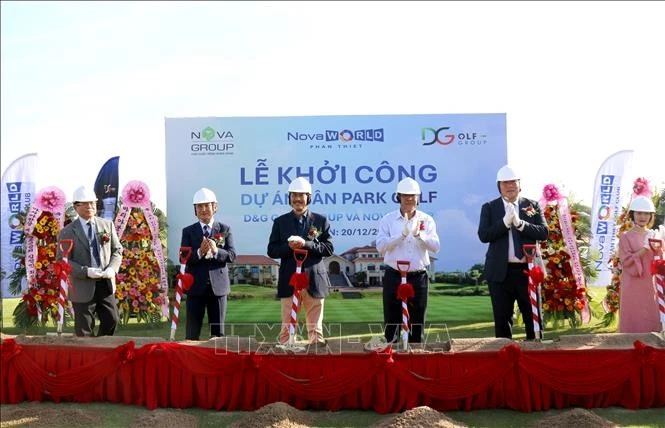Delegates at the event discussed the trans-border management framework between the two national parks and shared experiences in forest protection, biodiversity preservation, and tourism development.
They also stressed the need to tighten coordination in developing joint tourism products, accelerating tourism promotion activities throughout the two provinces, and boosting advertisement for the outstanding value of the two national parks.
Within the framework of the workshop, a memorandum of understanding was signed between the two leading adventure tourism businesses, namely Vietnam’s Oxalis Adventure and Laos’ Green Discovery (Laos), to further uphold the tourism potential of both sides.
Covering an area of over 123,000 hectares, Phong Nha-Ke Bang National Park is home to more than 300 caves, underground rivers and diverse flora and fauna, listed in the Vietnam Red Book and the World Red Book.
The park was twice recognised as a world natural heritage site by UNESCO in 2003 and 2015, thanks to its distinct values of geology, geomorphology, and biodiversity.
Meanwhile, Hin Nam No National Park is situated in Boualapha District, Khammouane Province, Laos, where Central Indochina Limestone meets the Annamite Mountain Chain. It encompasses 82,000 ha of a large, dissected karst plateau, which continues across the border into Vietnam, where lies a large portion of the contiguous Phong Nha - Ke Bang National Park.
Laos is working on a dossier for Hin Nam No to seek UNESCO’s recognition as a world natural heritage site.
















